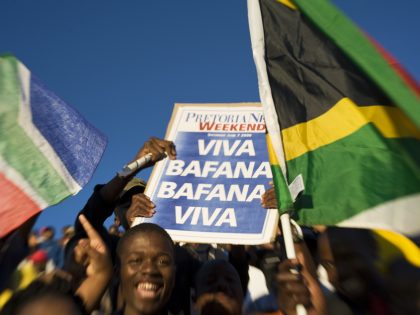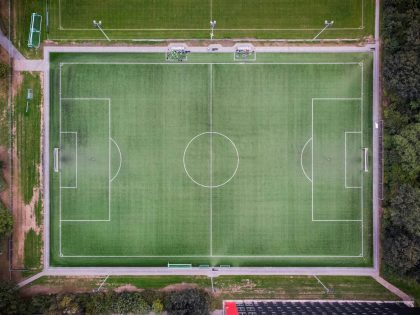Afrikaners
The first group of people who called themselves Afrikaners were Orlams people, who would be called coloured in South Africa today.

Adam Kok III, as painted by Cobus van Bosch
Striking series (via Herman Wasserman) of “… painted portraits of some of the prominent captains and leaders of the Griquas, the Orlam groups such as the Afrikaners, and other so-called bastard and Nama groups of the 18th and 19th century,” by of the artist Cobus van Bosch.
Under Apartheid, the bulk of the descendants of these people were classified as coloured by the white state.
These include paintings of Adam Kok III, the leader of the Griquas, Hendrik Witbooi (below), born in South Africa and celebrated as one of Namibia’s greatest freedom fighters for his resistance to German colonialism in the late 19th century, and Hermanus van Wyk (the last image here), the first captain of the Rehoboth Bastards. On his site, Van Bosch has a write-up contextualizing the paintings and this history, including the word “Baster” (Bastards) and the origins of the word “Afrikaner”:
… Initially it was used to refer to a person of mixed racial origin. The first group of people who called themselves Afrikaners were the descendants and followers of Oude Ram Afrikaner (born in the 1690’s in the Tulbagh district). Until the death of Jan Jonker Afrikaner in 1889, the Afrikaners were an influential Orlam group in the Northern Cape and especially Namibia, where they founded the capital of Windhoek. It was only about 200 years after the birth of Oude Ram Afrikaner that the descendants of certain white settlers started to call themselves Afrikaners, and accepted Afrikaans, the language of the Bastards, as their own.
As for the source material for the paintings, Van Bosch also notes:
Based on often rare monotone photographic documentation from libraries and other archives, the portraits are in the format of large, full-colour close-ups of the faces of the captains. Their fearless and defiant gaze enforces their status as respected and often feared leaders, their weatherbeaten faces echoing the rough and “untamed” semi-desert territories over which they ruled for so many years.




















